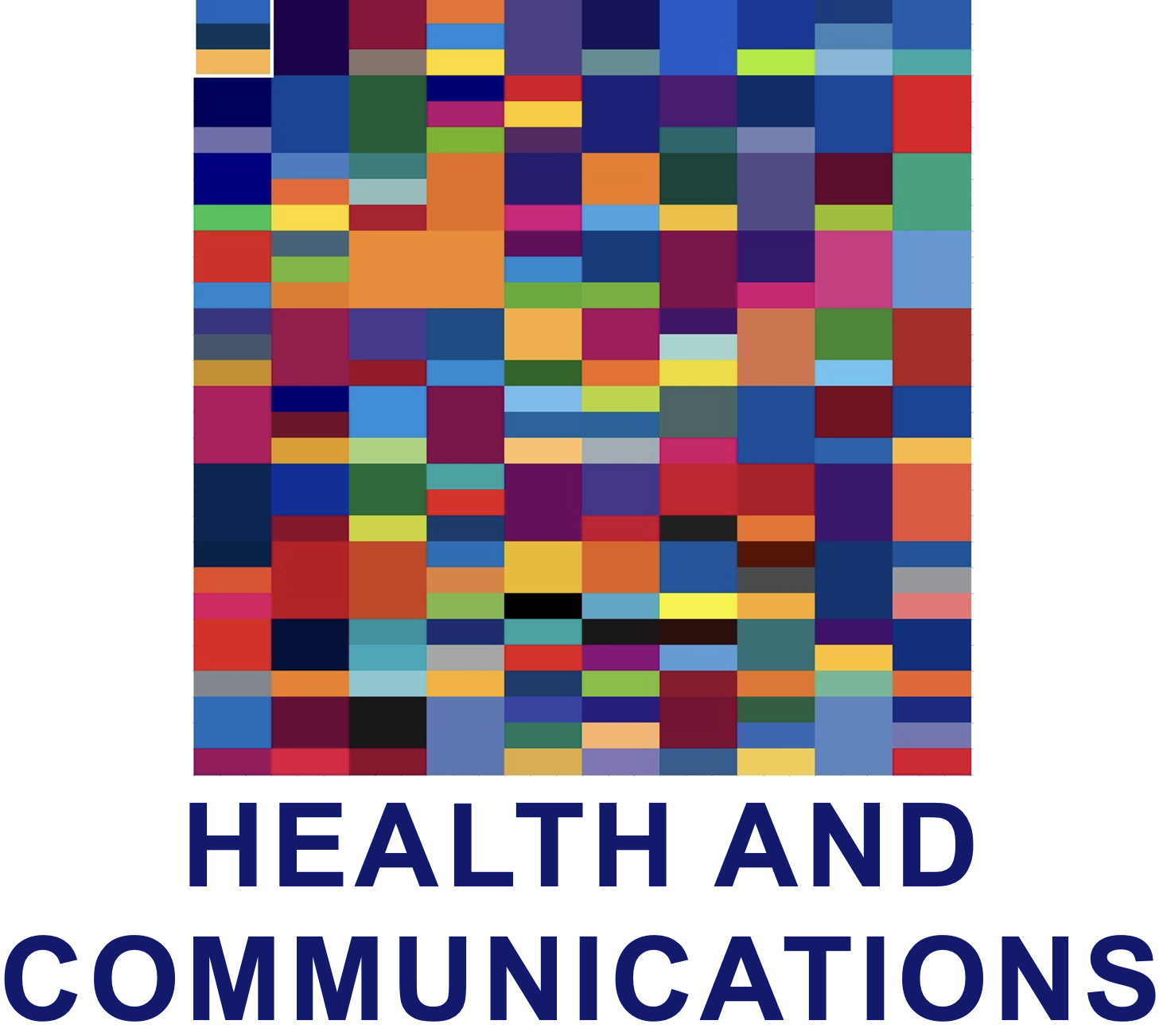Social Media - Who's Engaging and Who's Engaged
See 11.17.16 update here.
A look at how global health organizations' use social media reveals some interesting patterns and some unexpected practices. First we see who’s using what (Table 1) and then try to gauge how effective that use is (Table 2).
18 organizations were selected for review, all generally recognized as key players in the field. The various social media were noted by this rule: only social media icons displayed on the organization’s Home page as of 08.29.15 would be counted. And each of those had to link to the organization’s associated page, not just provide viewers an opportunity to post a comment. For example, Paul Farmer’s Partners In Health is not included because all of its Home page icons connect directly to comment windows. The organizations are listed in order of most icons (UNICEF) to least (Care International).
Table 1: Who's Using What
Observations on Who's Using What
Every one had a Twitter account, all but one a Facebook page, and all but two a YouTube channel. Clearly, these are the foundation for their social communications.
Pinterest (used by UNICEF, Save the Children, and PATH) is an interesting choice. With media so fragmented these days, use of Pinterest may be a means of specifically targeting women, who make up 70% of US users and 83% of global Pinterest users.[ 1 ][ 2 ] And given that more women make charitable donations than men and make larger donations as well, Pinterest may also be a smart avenue for fundraising.[ 3 ] Most intriguing though is the fact that the owners of Pinterest Boards aren’t restricted to pinning only their own media. PATH, for example has pinned items from WHO, Kaiser Family Foundation, and more, thereby leveraging others’ assets to tell their own story.
Almost as much as Pinterest skews toward women, Google+ does so for men.[ 4 ] These would seem then to be complementary outlets, but only UNICEF and Save the Children employ them both.
Among this group, only WHO has links to its own apps (one for iOS and one for Android) providing a mobile news feed of their own design.
Of the eight organizations using a photo-sharing app (Instagram or Flickr) only one (Gavi) chose to use both, though it would seem quite easy to use the same material on both platforms, thereby extending their presence without much additional effort.
Surprisingly, some, like UNICEF and PAHO, aren’t embedding the “Target” attribute in their icon links, so instead of bringing up a new (second) window when a user clicks on one of these icons, the application simply replaces the original website. This could easily be fixed –and should– so these organizations will retain more of their users’ attention.
Table 2: Gauge of Effectiveness
To get some idea of how effective their use of social media is, I looked at the numbers for each organization's Facebook, Twitter, and YouTube feeds. But to judge engagement, not just visitation, I chose Likes over Visits on Facebook, Followers for Twitter, and Subscribers over Views for YouTube. The Index then is just the sum of the three metrics and doesn't purport to be anything more than a rough measure of how many people have made more than a minimal effort to connect to each organization. The organizations are listed in order of their Index score, from highest to lowest.
Observations on Gauging Effectiveness
Comparing the two tables, there's a fairly direct relationship between using more media avenues and having a higher Engagement Index. For example, UNICEF displays eight icons and has the highest Index (by a factor of nearly two), while at the opposite end, Care International displays the fewest icons and has the lowest Index.[ 5 ] This could simply be a correlation without causality, but more likely it reflects a connection between putting more effort into social media and collecting more followers.
Videos likely evoke deeper emotional responses than, say, Facebook posts or Tweets, but given the effort and expense it takes to create a quality video, it's questionable if that investment is the best way to generate widespread support. As these numbers show, the disparity between Facebook Likes and YouTube subscribers runs from a low of about 10:1 for PAHO to some 543:1 of the Global Fund.
The Index, and by implication an organization's social media success, is clearly no measure of the value and impact of these organizations' efforts. No one would contend, for example, that UNICEF's work was some 130 times more important than that of Gavi (9,904,860 / 71,755). On the other hand, it may just be that UNICEF is 130 times better known than Gavi.
Conclusion
No doubt each of these organizations has a social media strategy based on their own circumstances, so it's not surprising to see a variety in both the number of media employed and the degree to which they seek the public's engagement. Some may rely more heavily for their funding on public contributions, some may rely on the public indirectly to advocate for increased government funding, and others may be focused more on public education (e.g., vaccinations). But all have an interest –in fact a responsibility– to make a strong case for global health support; defining the needs, outlining the means, and summoning the support to change, and in many cases, save, millions of lives around the globe. And in all of those endeavors, social media has a clear role to play.
Notes
[ 2 ] http://www.engauge.com/assets/pdf/Engauge-Pinterest.pdf
[ 3 ] http://fortune.com/2014/10/20/dispelling-myths-about-women-and-charitable-giving/
[ 4 ] http://www.circlecount.com/statistic/gender/
[ 5 ] In fairness to Care, the organization actually has 15 websites, keyed to different geographic regions, and a variety of social media used across these sites.



